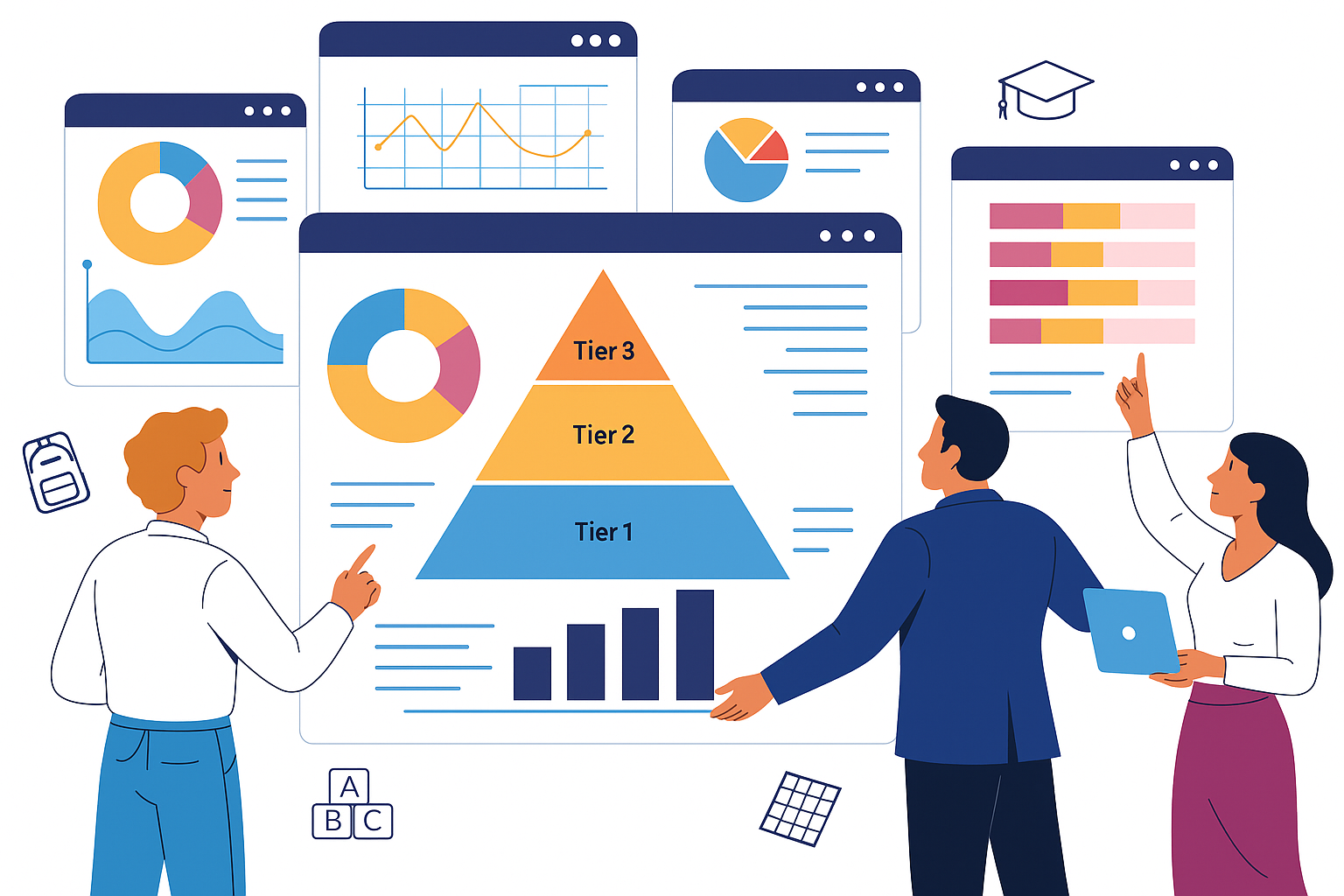Supporting the Whole Child: How District Leaders Can Empower Educators with Insight

As a district leader, you understand that supporting student success requires more than just academic performance indicators. Today’s challenges call for a broader, more connected approach—one that reflects the whole child view of education.
That means understanding not just how students are performing in math or reading, but how they’re growing socially, emotionally, and behaviorally. It means equipping educators with the insight to address the full spectrum of student growth, identify barriers, and provide strategic support before issues escalate. And it means making data-informed decisions that align classroom efforts with districtwide priorities.
To lead effectively in this environment, visibility matters—not just into test scores, but into the systems, trends, and human stories behind them.
This is where a more holistic approach to data makes all the difference.
Teachers: Navigating Complexity with Context
From a teacher’s perspective, the day-to-day is fast-paced and deeply personal. Every student has a different story, and behind every assignment or behavior is a broader pattern waiting to be understood.
District leaders can support teachers by ensuring they have:
- Access to more than just grades—data on attendance, SEL, formative assessments, and more
- Tools that reduce guesswork and surface timely, relevant insights
- Guidance on how to act when students are falling behind or ready for a challenge
When teachers can see the full picture, they’re empowered to respond with intention.
School Leaders: Leading with Precision and Empathy
Principals and school admin teams are the connective tissue between district vision and classroom reality. They juggle academic goals, staffing, family engagement, and student needs—all while maintaining momentum.
They need:
- Visibility into patterns across classrooms and grade levels
- Ways to measure the effectiveness of programs and interventions
- Support aligning school decisions with districtwide goals
District leaders play a key role in equipping principals with the insight to lead both instructionally and operationally. That support ripples out across the entire school culture.
District Leaders: Connecting Strategy with What’s Really Happening
As a district administrator, your scope is broad—but your impact depends on nuance. You need to know not only whether your strategies are working, but why.
That means asking:
- Where are we seeing growth—and what’s driving it?
- Which investments are making a measurable impact?
- Are we aligning resources to the needs we say we care about?
When district leaders have access to real-time, role-specific data—on student progress, staff capacity, equity, and more—they’re better equipped to lead with clarity and act with purpose.
Leading a Culture of Support
At every level, the goal is the same: to ensure every student is seen, supported, and given the opportunity to succeed. That starts by supporting the educators who are closest to the work.
By putting the right information in the hands of the right people—from teachers to superintendents—we can shift from reacting to challenges to anticipating them. We can focus less on compliance, and more on meaningful action. And we can lead with a shared understanding of what it takes to help every student thrive.
It’s not about more data—it’s about more insight.
Curious how your district can better support educators with a clearer picture of student growth?
We’d love to share how others are doing it—and explore what’s possible for your team. Let’s start the conversation.
%20good%20version.png)


